| Vintage Pulp | Jan 5 2019 |

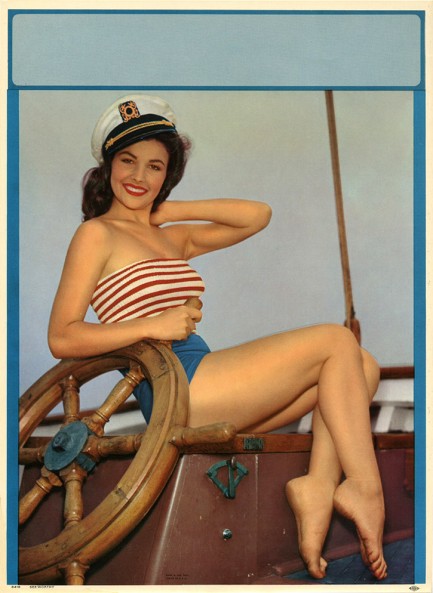
| Modern Pulp | Jan 20 2018 |

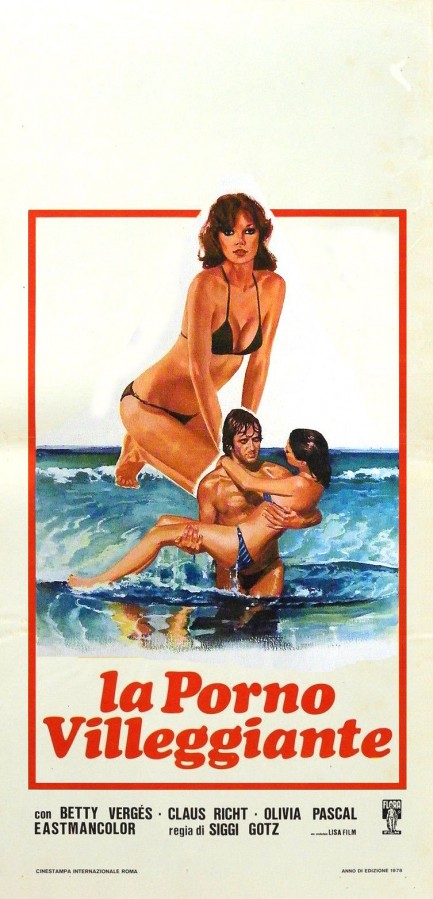





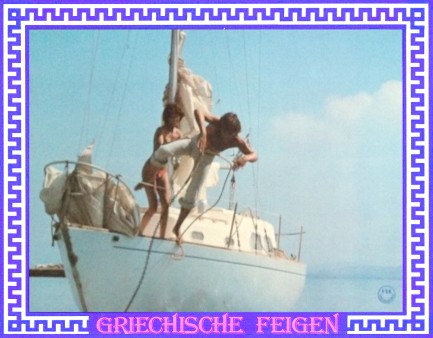



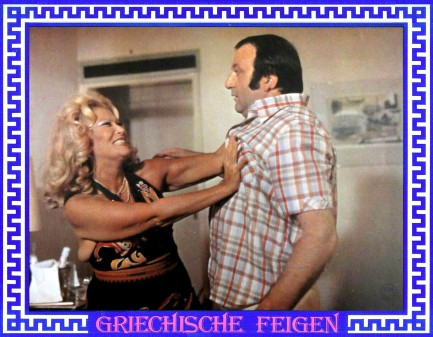


| Vintage Pulp | Jun 8 2014 |

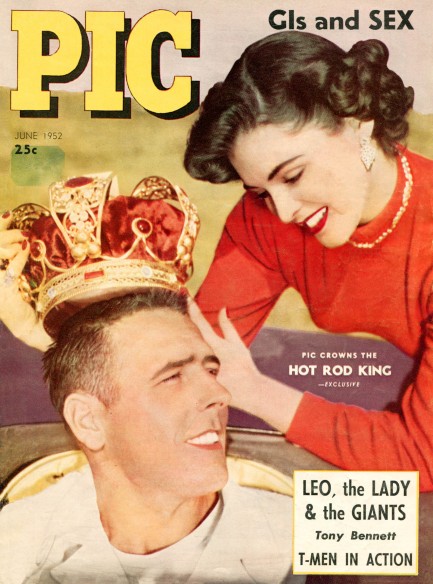
We’ve featured Pic magazine only once before, but not because it was an unimportant publication. Quite the opposite—we’ve seen issues as early as 1936 and as late as 1958, making it both a Depression and World War II survivor, presumably no easy feat and certainly a run indicative of sustained popularity. Early issues seemed focused on sports, but it soon broadened to include celebrities. It was launched by Wagner Publications of New York City, and this issue appeared in June 1952 with a cover featuring actress Suzan Ball placing a crown on the head of Akton Miller, a man Pic had chosen as its Hot Rod King. Inside you get a raft of Hollywood stars, including photos of Yvonne De Carlo in Uruguay, Marilyn Monroe, Janet Leigh, and Joan Vohs, shots of New York Giants manager Leo Durocher and his beautiful actress wife Laraine Day, and some nice boxing pictures. There’s also an interesting feature on the day’s top vocalists (with African-Americans notably excluded), and a profile of crooner Tony Bennett.
It was then that her train to stardom jumped the tracks. She injured her leg performing a dance number in East of Sumatra, and later in the year had a car accident and hurt the leg again. Treatment for those two injuries led to the discovery of a cancerous tumor. Soon afterward she fell and broke the limb, and when doctors decided they couldn’t remove the tumor they instead took the entire the leg. That was in January 1954. Ball soldiered on in her show business career with an artificial leg, starring in Chief Crazy Horse, though she lost fifteen pounds during the production, and later playing nightclub dates and appearing on television shows. In July 1955 she collapsed while rehearsing for the show Climax, whereupon doctors discovered the cancer had metastasized and spread to her lungs. A month later she died at age twenty-one. We have about fifty scans below.
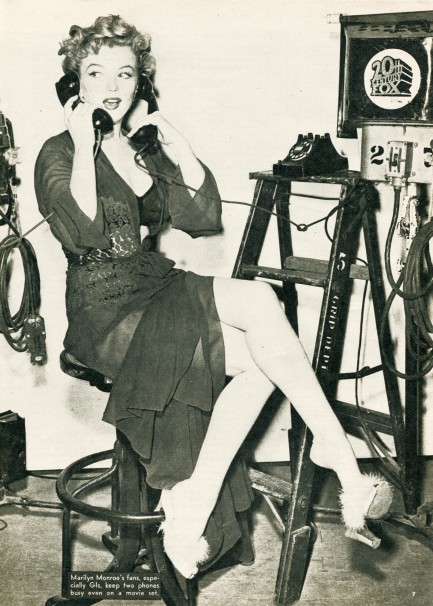
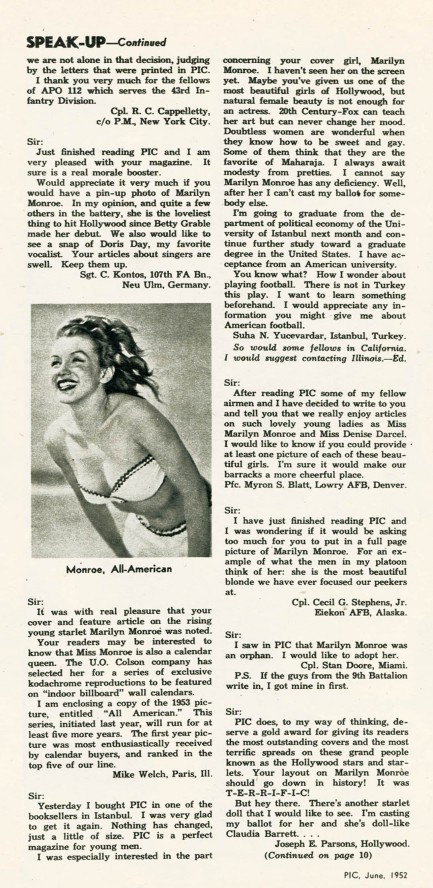
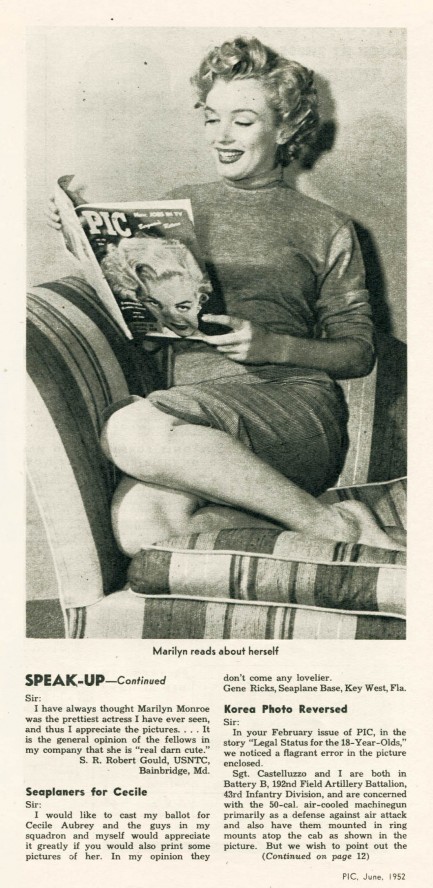
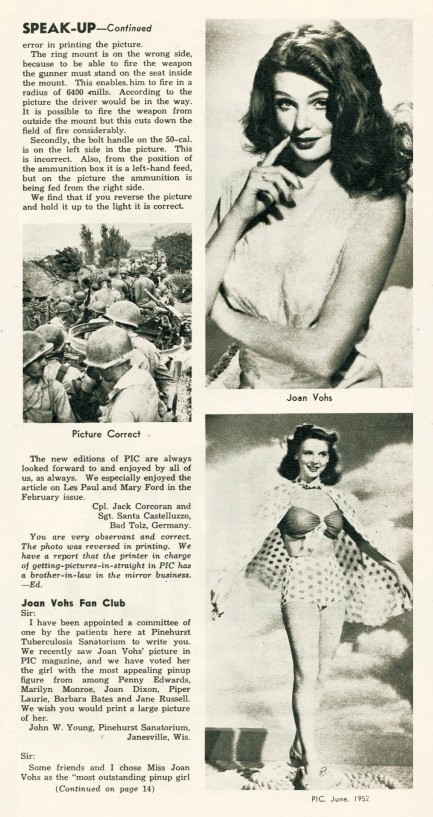
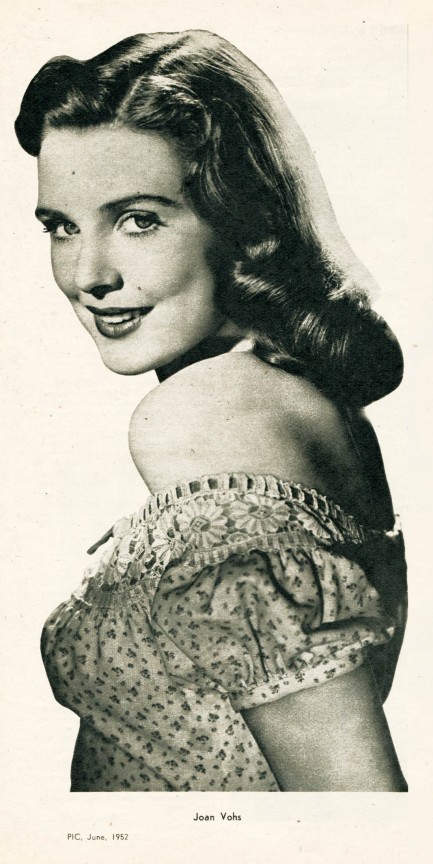
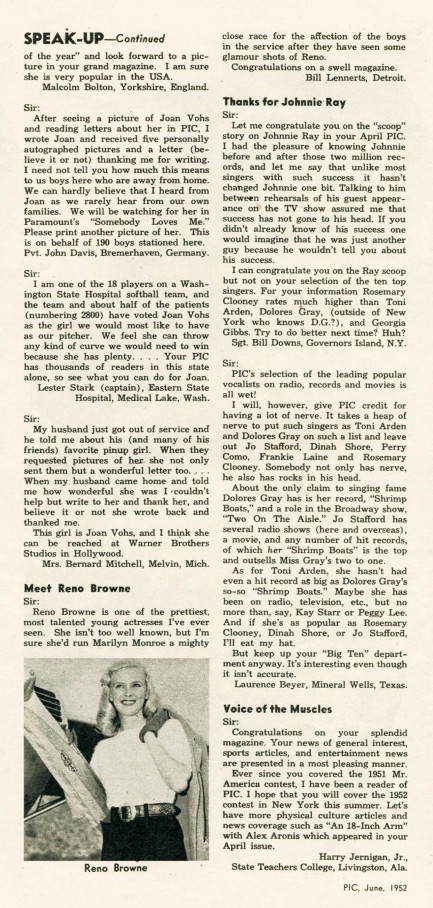
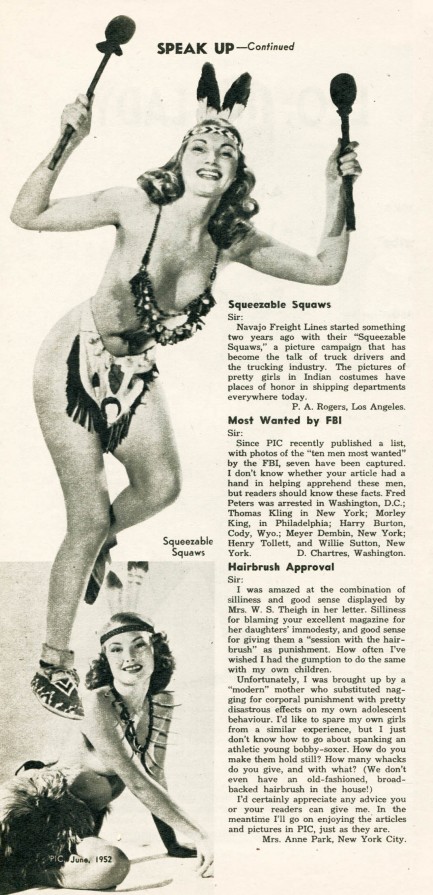
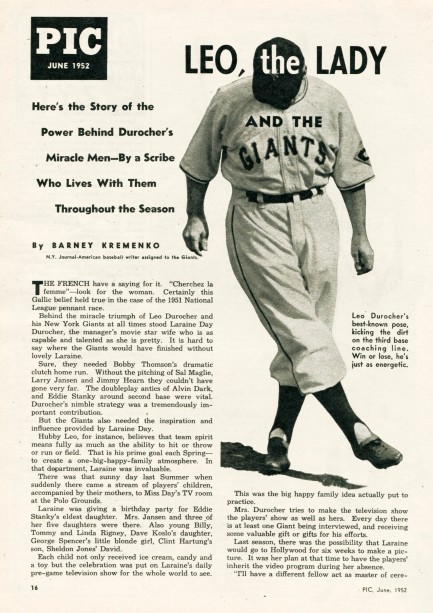
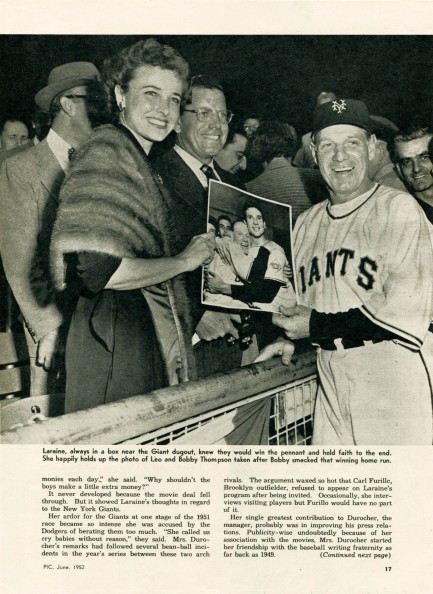
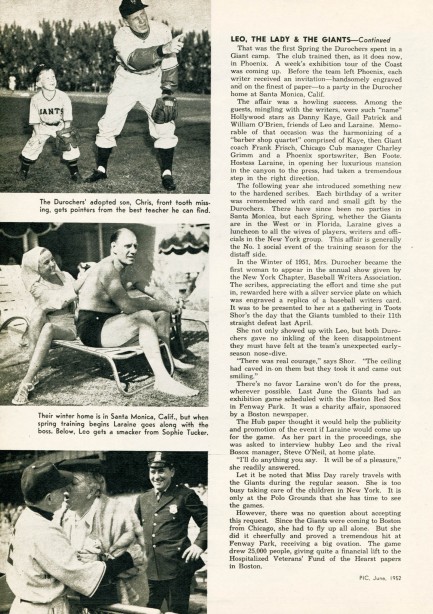
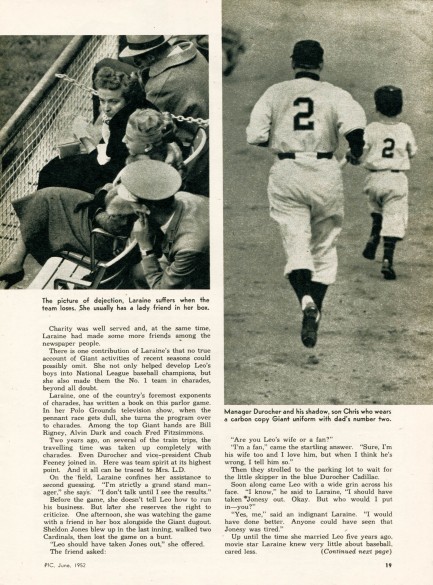
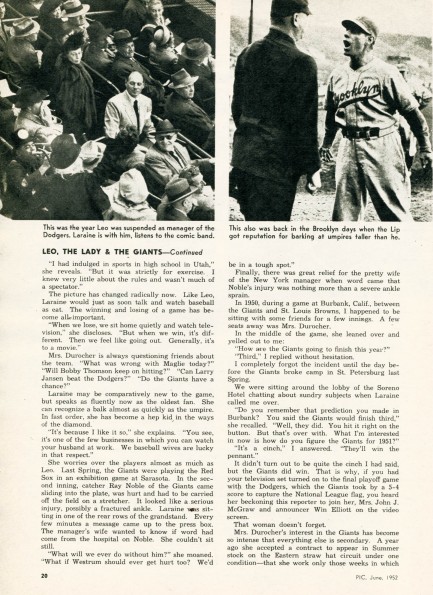
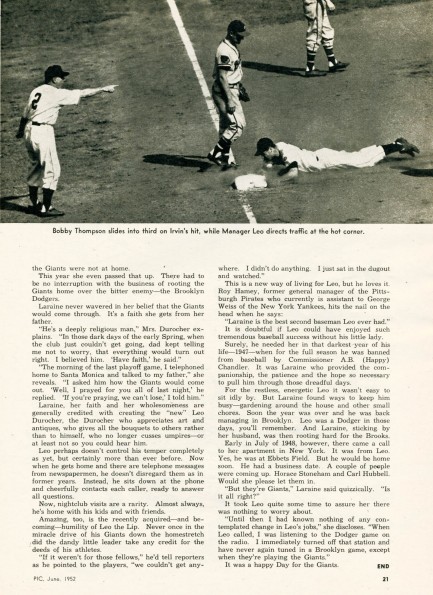
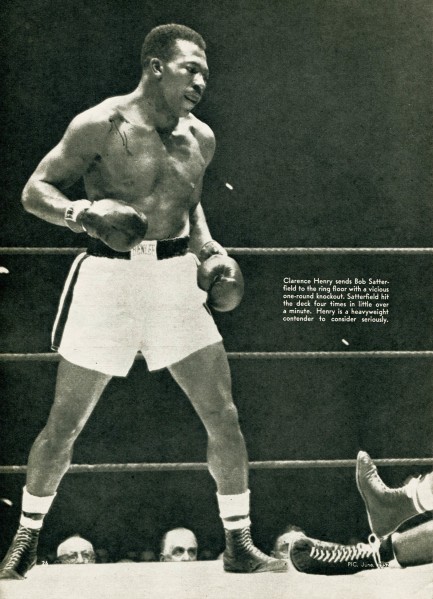
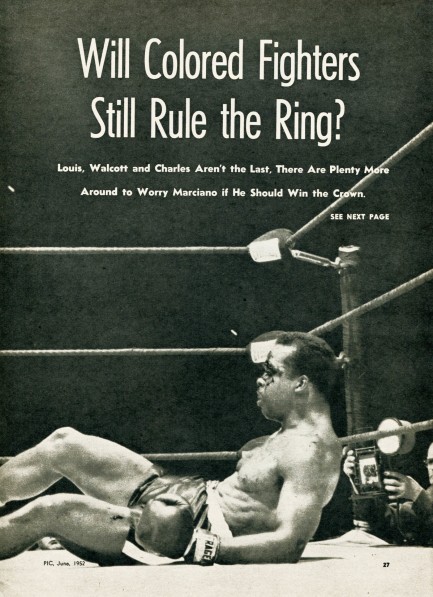
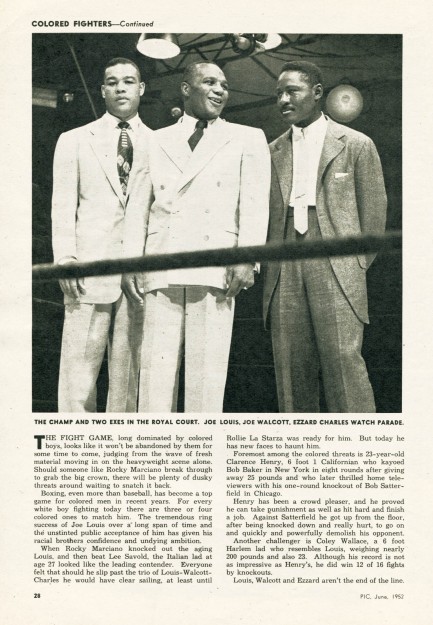
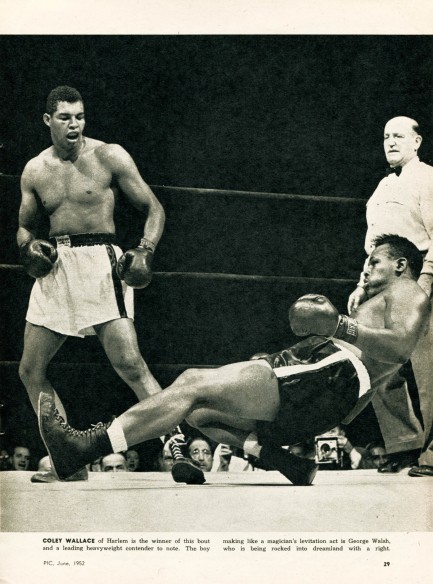
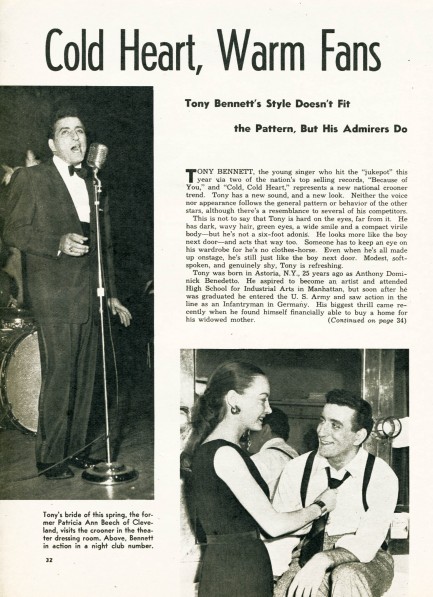
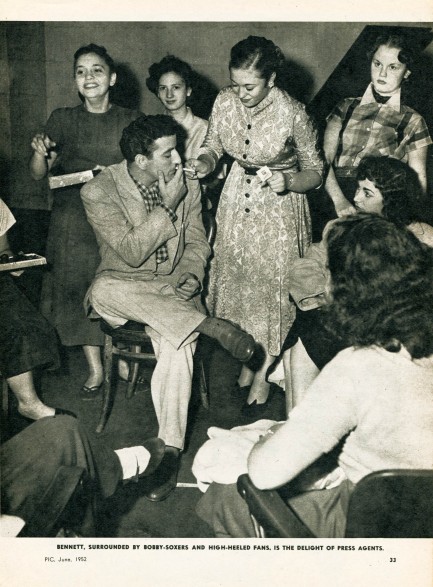
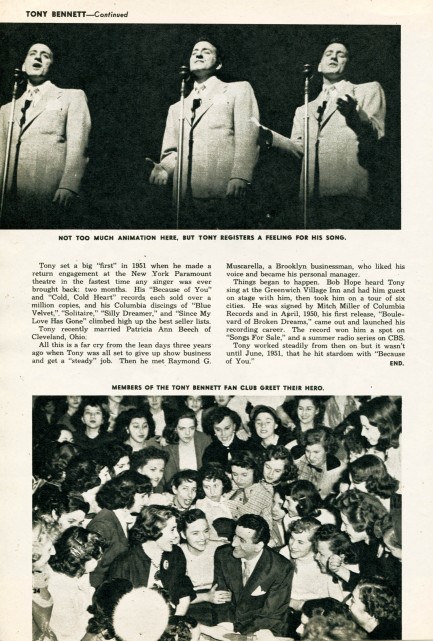
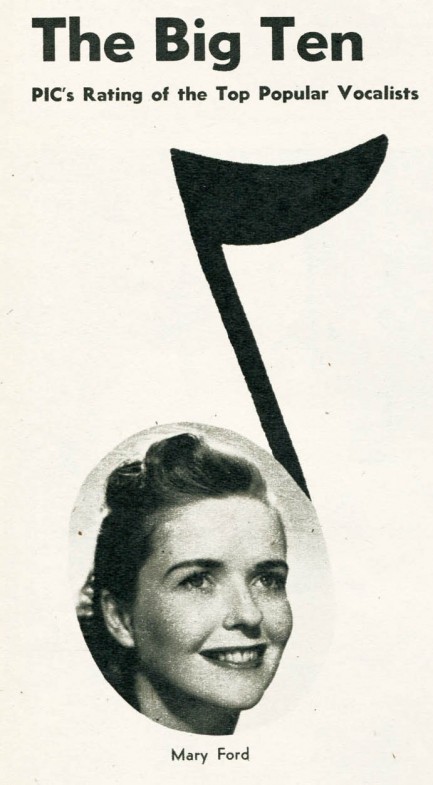
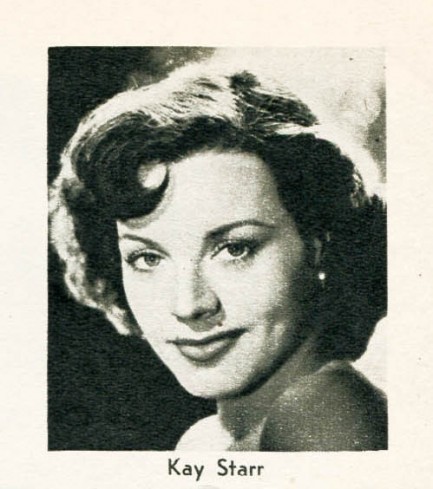
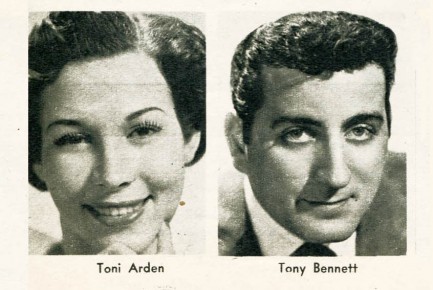
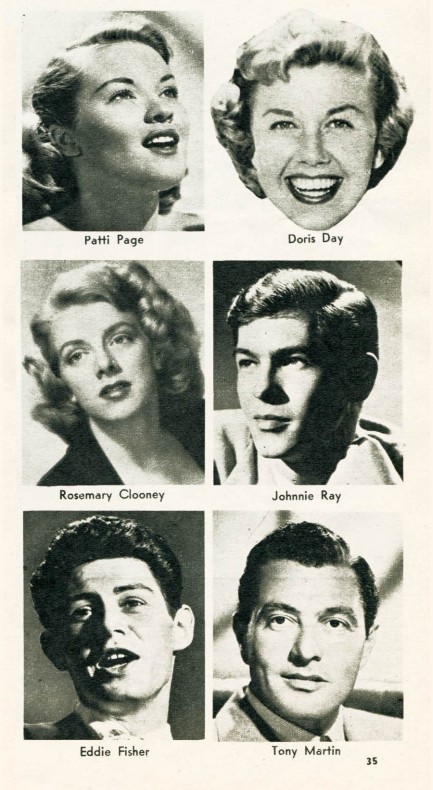
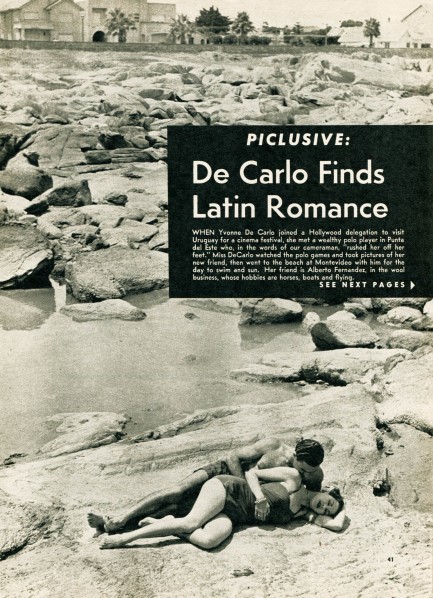
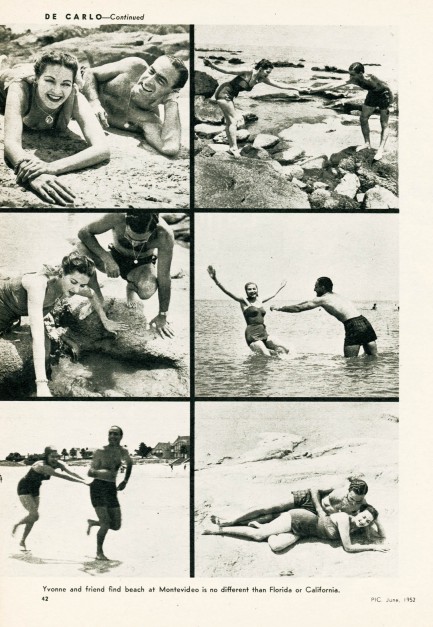
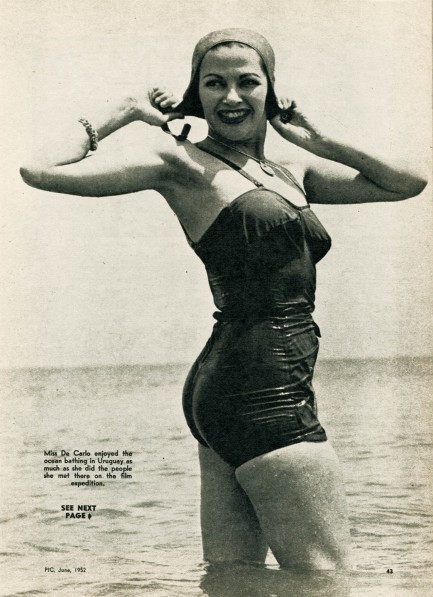
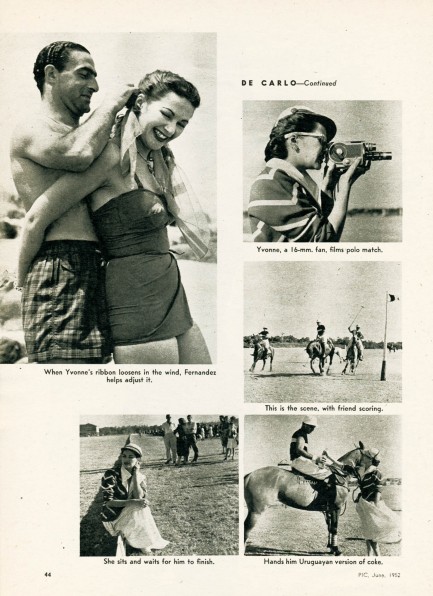
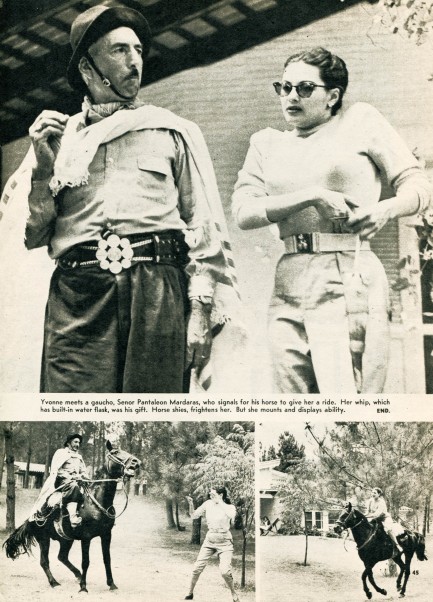
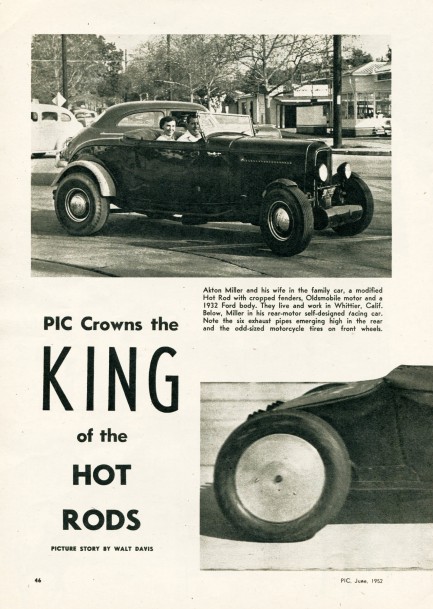
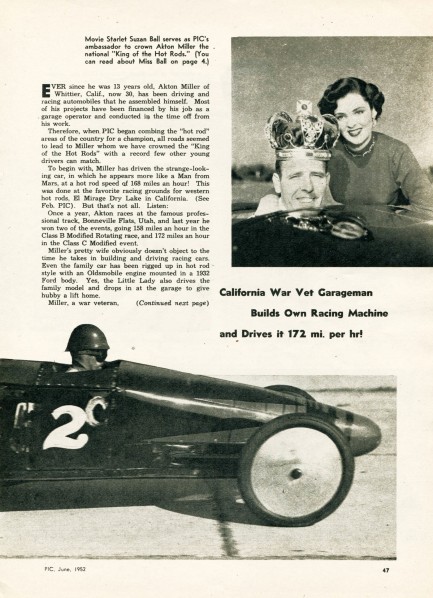
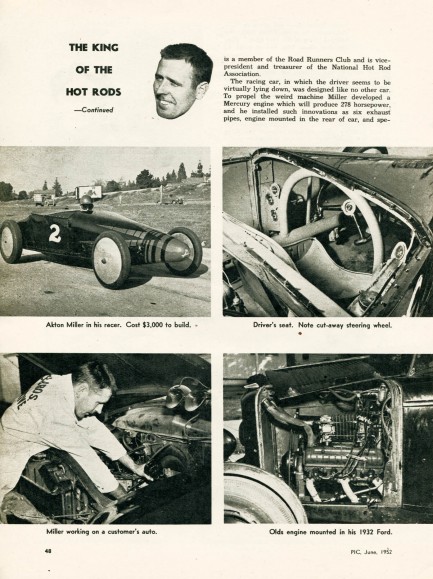
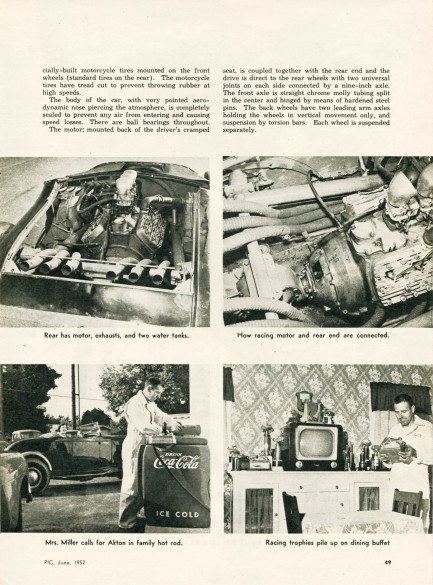
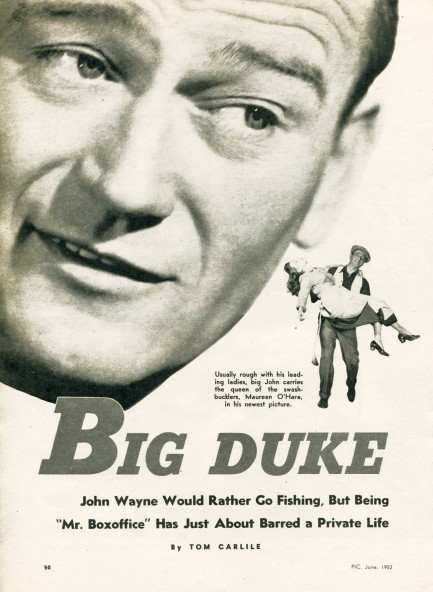
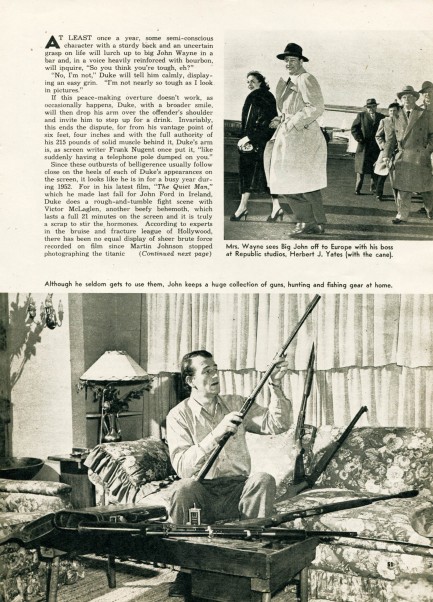
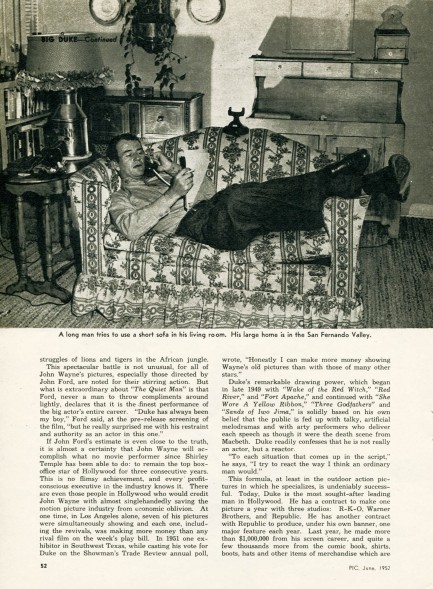
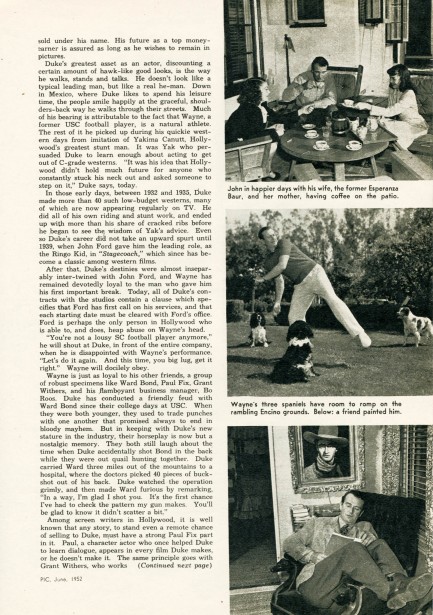
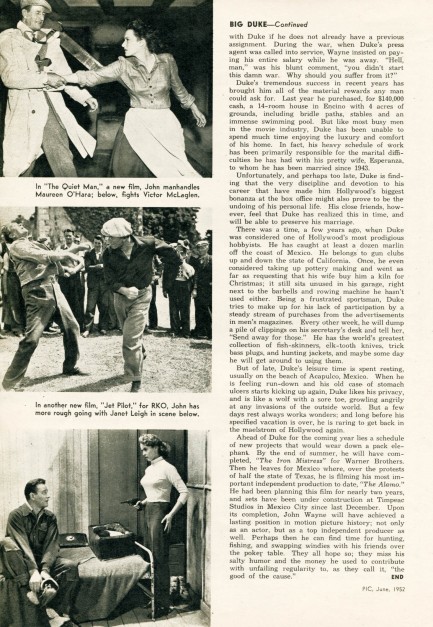
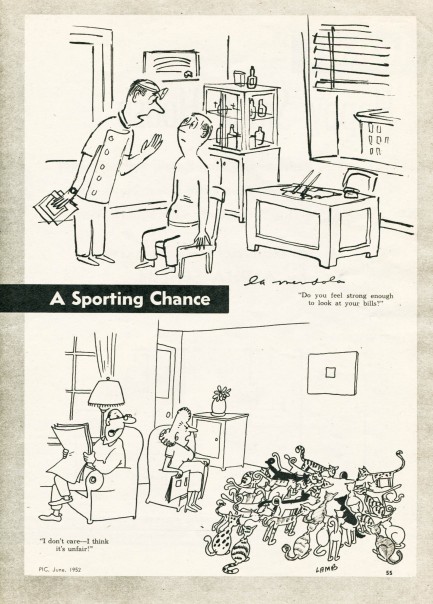
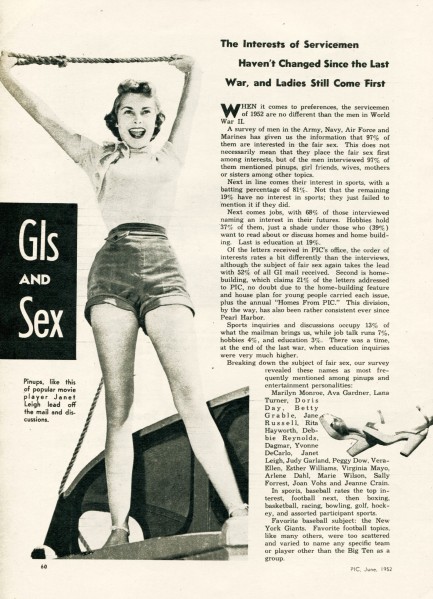
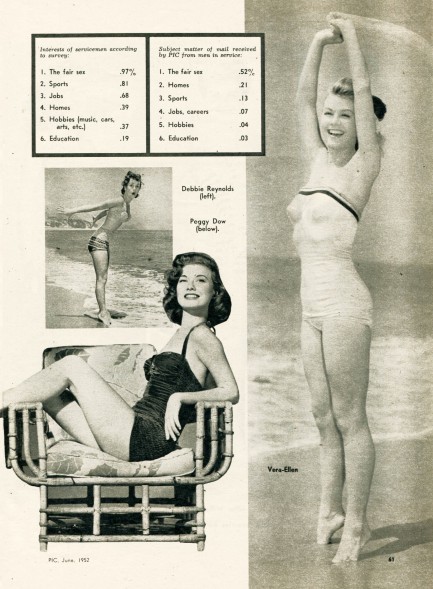
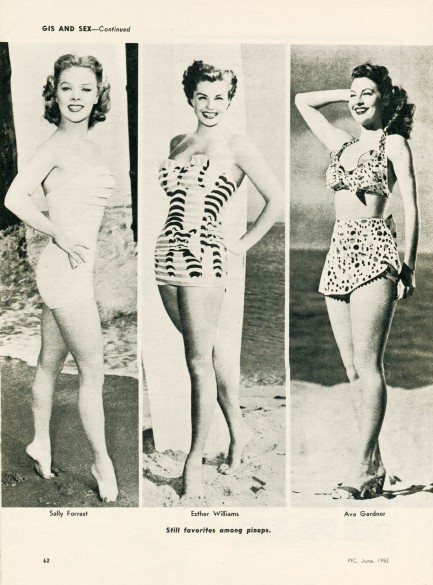
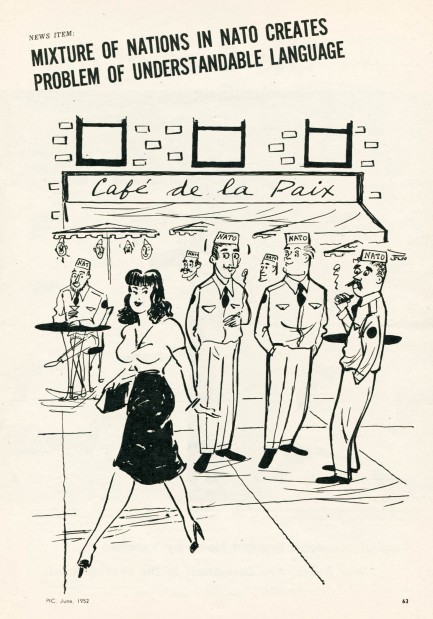
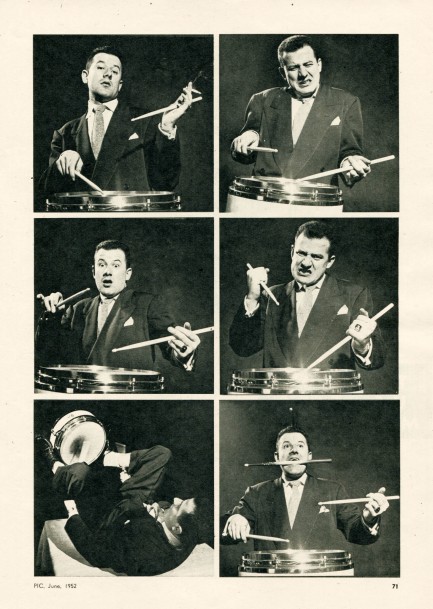
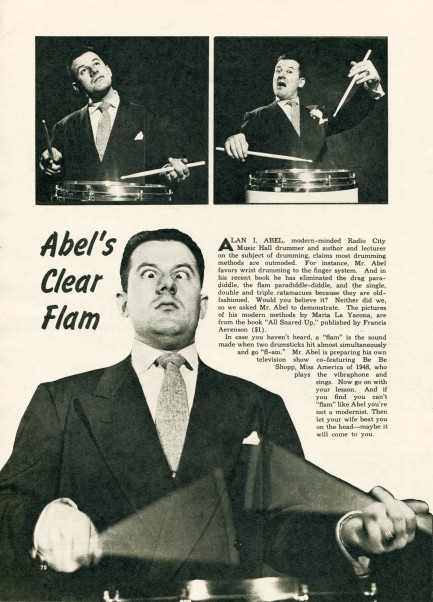
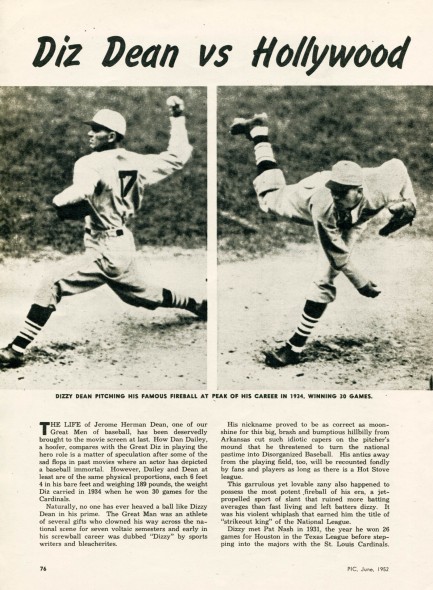
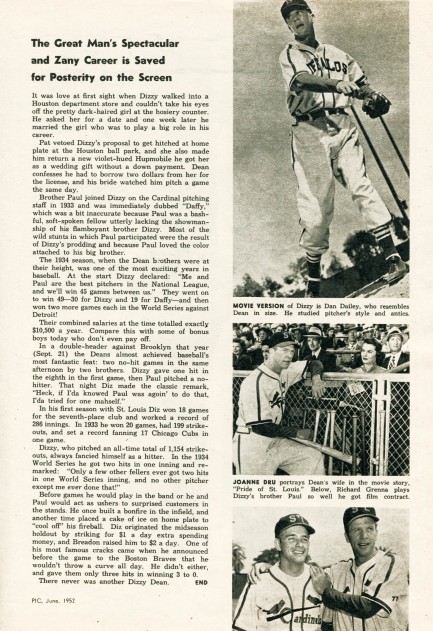
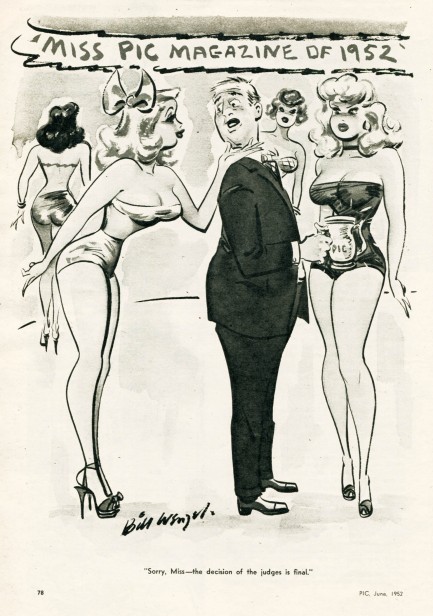
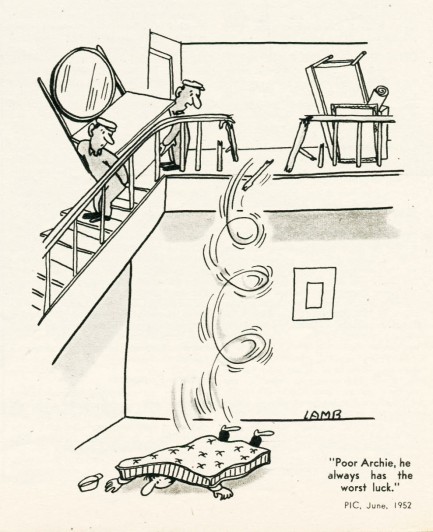

| Hollywoodland | Feb 10 2012 |

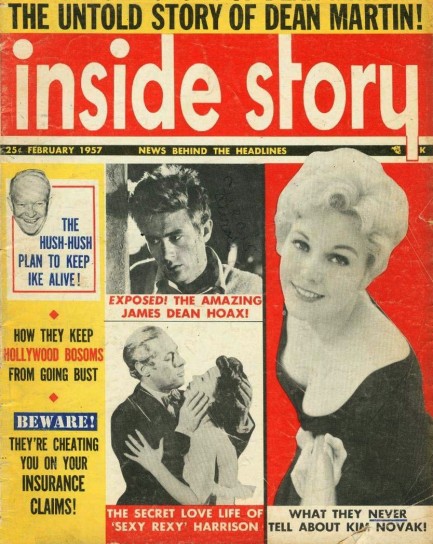
Last time we featured Inside Story, we took a detailed look at the contents, concluded that there was good reason it was a strictly blah tabloid, and decided not to buy it again. But that doesn’t mean we can’t cull them from online, so today we have this February 1957 cover that promises to expose “the amazing James Dean hoax.” Make sure you’re sitting down when you read this. The globe-spanning conspiracy Inside Story uncovered is simply that Dean’s posthumous spike in popularity wasn’t entirely due to sincere outpourings of appreciation by fans, but also because of a deliberate, behind-the-scenes publicity campaign by Warner Bros., who had produced his last movie Giant. Warners had decided that, after dropping $5 million on production, they needed a major publicity angle to have any hope of recouping their investment in a movie whose star had been dead a year and a month. The money quote: “Unfortunately, Dean, living again only for the profits of the movie-makers, will never see a dime of that increased gross…” Well, no, because death will tend to put a crimp in one’s personal finances. At least Inside Story published a nice photo, from East of Eden, below. We have two more issues, with lots of scans, and you can see those here and here.
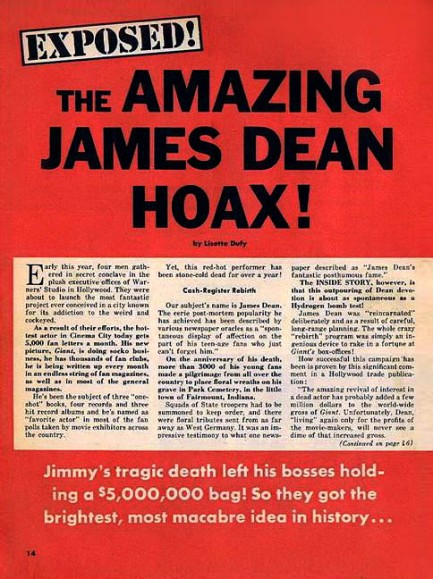
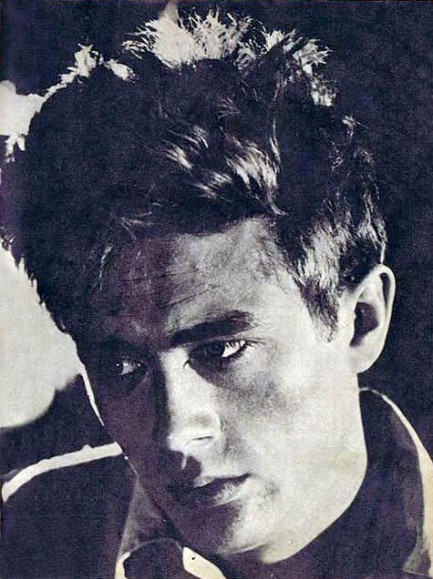
| Hollywoodland | Jan 2 2011 |


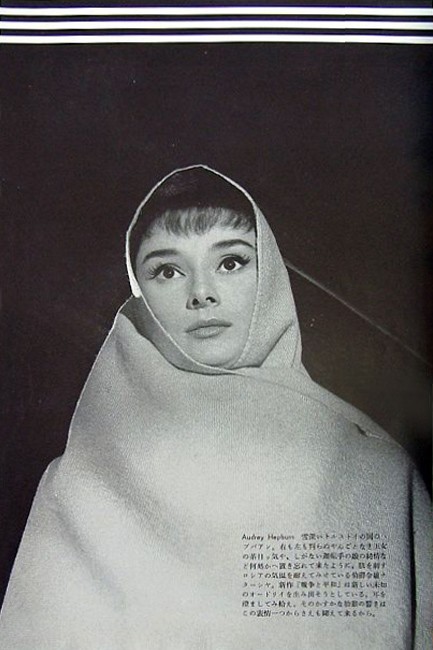

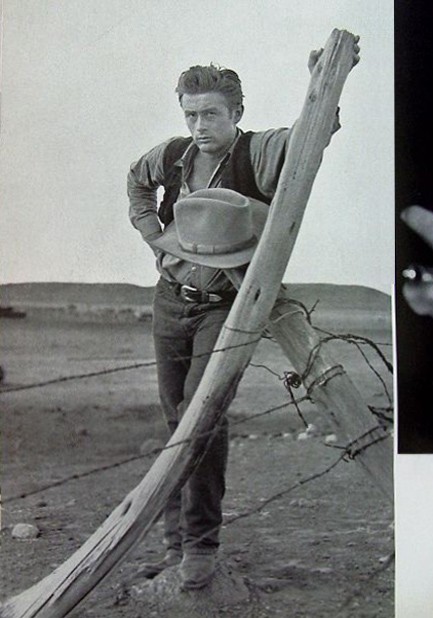

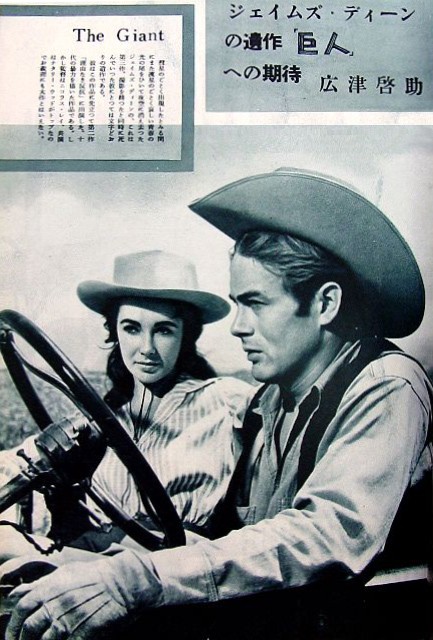
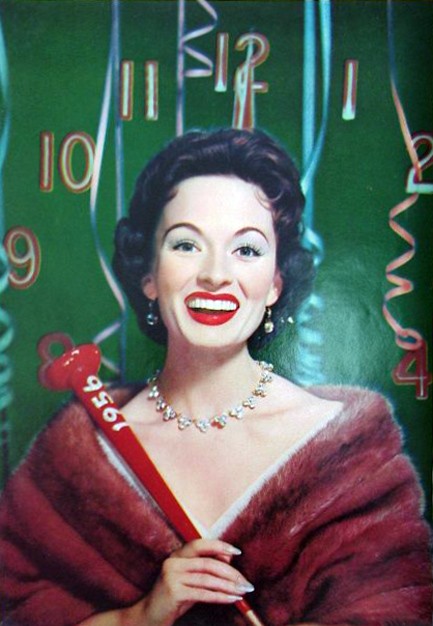
The always-wonderful Japanese celeb magazine Screen produced this issue promoting James Dean’s epic drama Giant in January 1956. The film opened the next October, which means the magazine was put together well beforehand. Advance press isn’t unusual, of course, but advance press of this detail in Japan—it didn’t premiere there until nearly a year later in December 1956—suggests just how huge a worldwide star James Dean had become. Sadly, some of that had to do with the fact that he was already dead, killed in a September 1955 automobile crash as Giant was about to wrap. But while nearly all dead celebrities are eulogized as geniuses cut down too soon, Dean is one of the few whose work has actually withstood the test of time. Screen makes room for other stars in this issue, including Audrey Hepburn, who we've posted in panel two. On another note, we’ve shared quite a bit from Screen over the last two years, but if you missed those entries you can see some great covers here, here and here, and see a bit of what's inside here.
| Vintage Pulp | Jul 28 2009 |

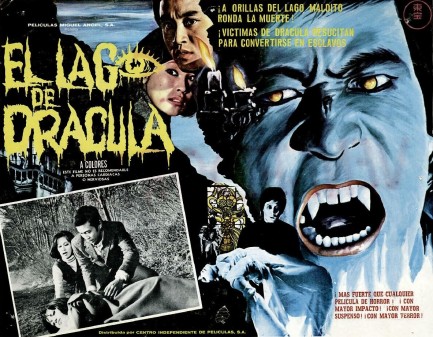
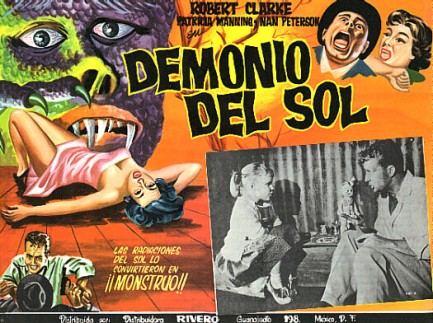
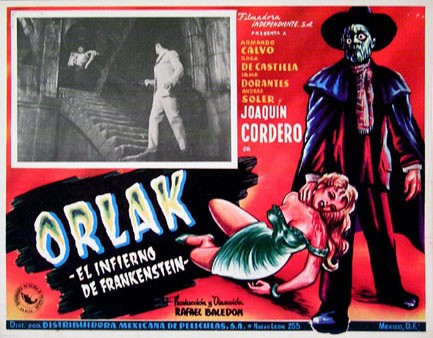
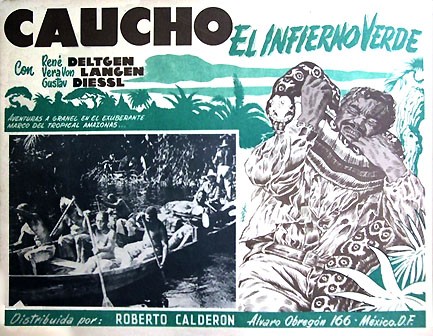
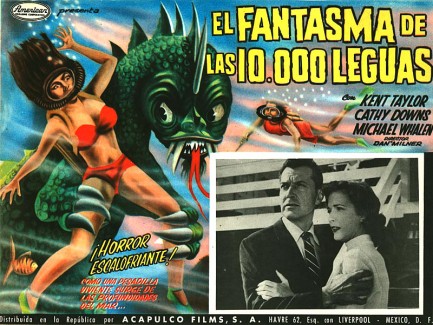
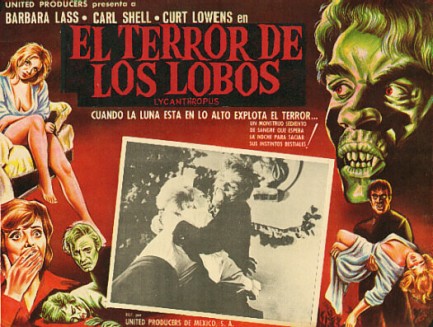
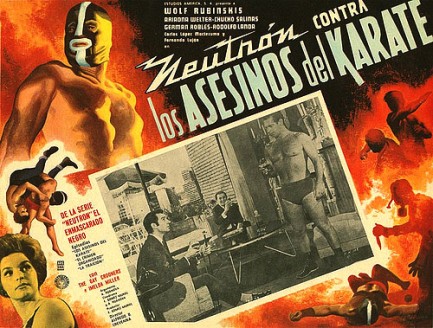
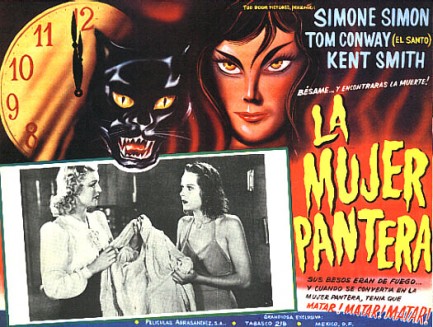

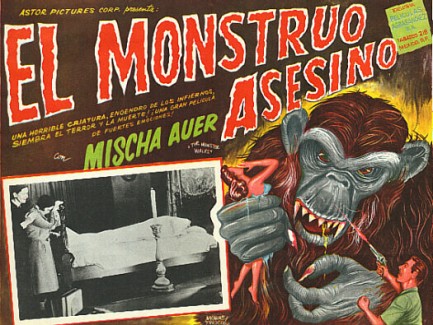
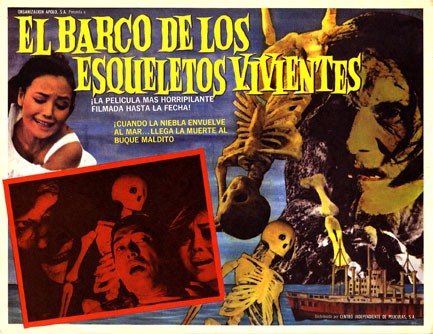

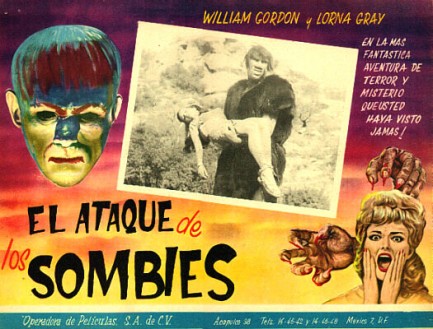
Assorted Mexican lobby cards featuring famous and not-so-famous monsters. These films were released in English as Dracula’s Lake, Hideous Sun Demon, Orlak the Hell of Frankenstein, The Green Hell, The Phantom from 10,000 Leagues, Lycanthropus, Neutron Versus the Karate Assassins, Cat People, Attack of the Giant Leeches, The Monster Walks, Zombie Lake, The She-Wolf, and Valley of the Zombies.




































































